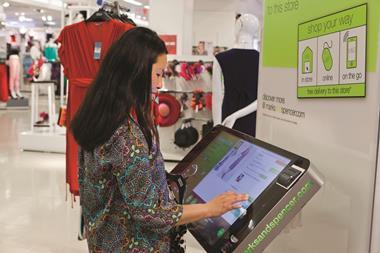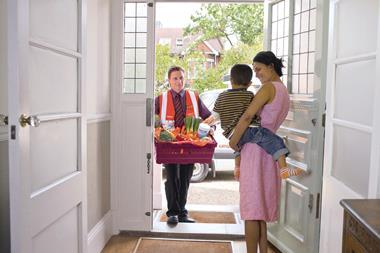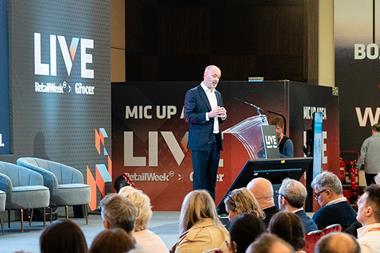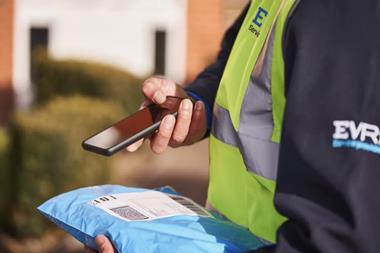Retailers need to develop their customer service across channels and respond to customers’ every changing needs, says Mark Pettit of Hermes.
The IMRG Capgemini e-Retail Sales Index has revealed that UK consumers spent £104bn online during 2014, the very first time the £100bn barrier was exceeded.
This brings with it its own challenges, as consumers are demanding more choice and convenience when it comes to delivery, as well as expecting higher levels of customer service.
As more orders are placed and delivered, retailers can expect more inbound enquiries from consumers and therefore an efficient customer service framework is crucial.
Hermes explored customer service channels as a part of last year’s Parcel Deliveries Usage and Attitude Survey, which included 2,000 responses from UK consumers, as well as 1,000 responses each from both France and Germany.
Digital communications
According to the research, email remains the most popular method for contacting a retailer. Germany led the way with 78% of respondents logging onto their computers while the French came in second (71%) ahead of the British (66%).
Across all three countries the top reason for choosing email was because it’s ‘easy to do’, closely followed by having a ‘record of correspondence’. The reason why the British dropped below the Germans and French for email was largely down to the development of webchat in the UK. Just over 8% of respondents said this was their preferred channel for contacting a retailer, compared to just 1% of French and Germans.
However, I’m sure as the technological revolution continues to flourish, we will see webchat becoming more popular across every country.
Responding to social complaints
While, we are focusing on technology, the research also revealed that customer services teams and social marketers working for retail brands in the UK need to improve how they monitor and respond to complaints via social media. Only 58% of disgruntled Brits received a response after raising a complaint via Facebook or Twitter, lagging behind France (67%) and Germany (64%).
Social media is now the most influential online marketing tool and it provides a platform to market new products and services, but it also allows retailers to ultimately connect with their customer base in new and exciting ways that are quicker than ever before.
Due to the power of social media, it is critical that retailers ensure a framework is in place to respond to the needs of the customer in the shortest time possible.
The research showed that 47% of people expect a response within one to two hours on social media between Monday to Thursday (8am to 6pm) and 37% for the same times on a Friday. At Hermes we are proud that our customer response time is, on average, less than 1 hour and 25 mins between 8.30am and 6pm on weekdays on Facebook and Twitter.
I think it is fair to say that the customer journey doesn’t end at the online checkout, or even on the doorstep after a delivery, but it draws to a conclusion after the package has been unwrapped and the consumer is satisfied with their product. That is why the industry must focus on developing and improving their customer service channels.
- Mark Pettit is sales and marketing manager at Hermes



























1 Reader's comment